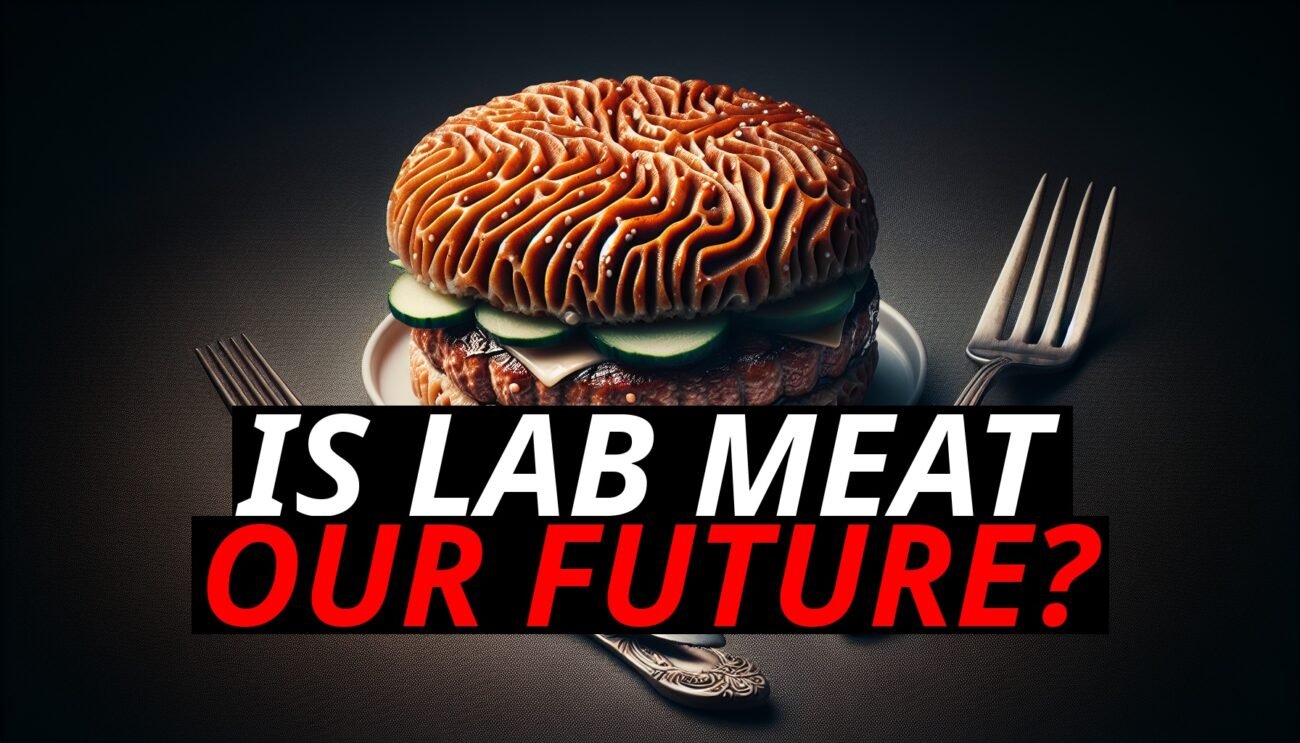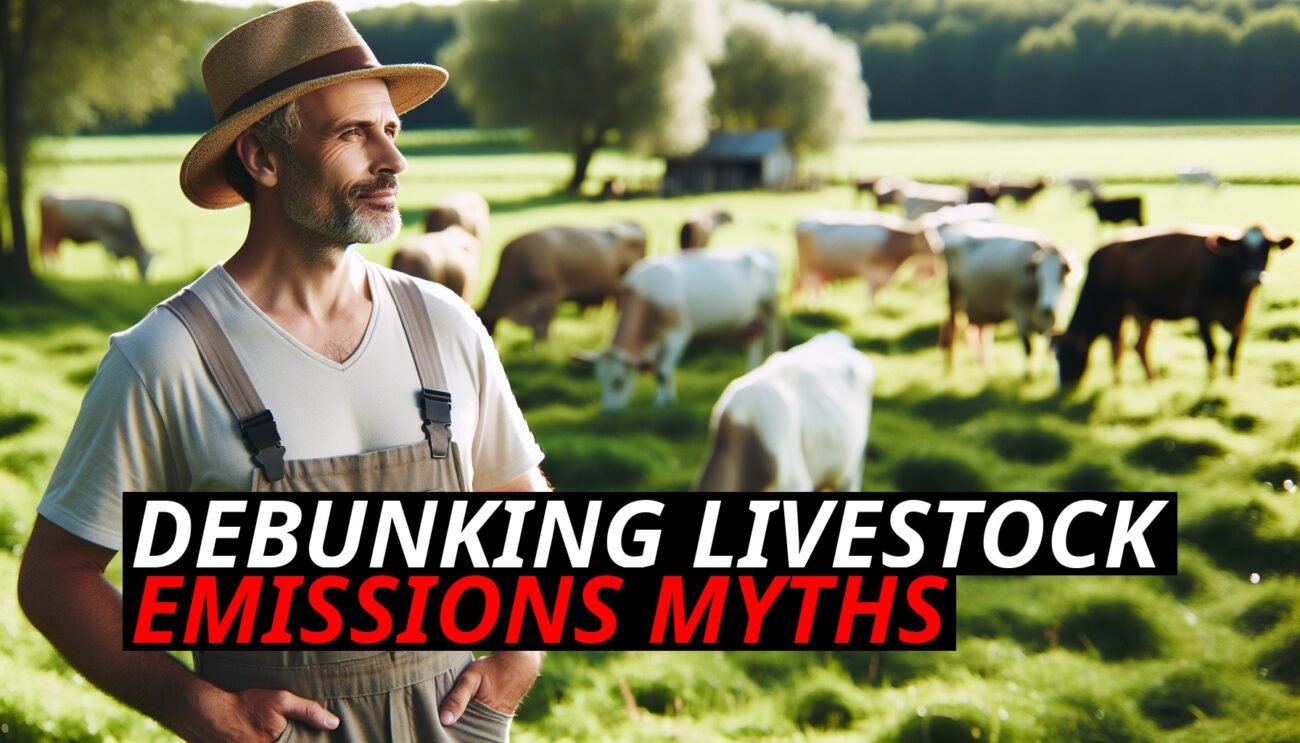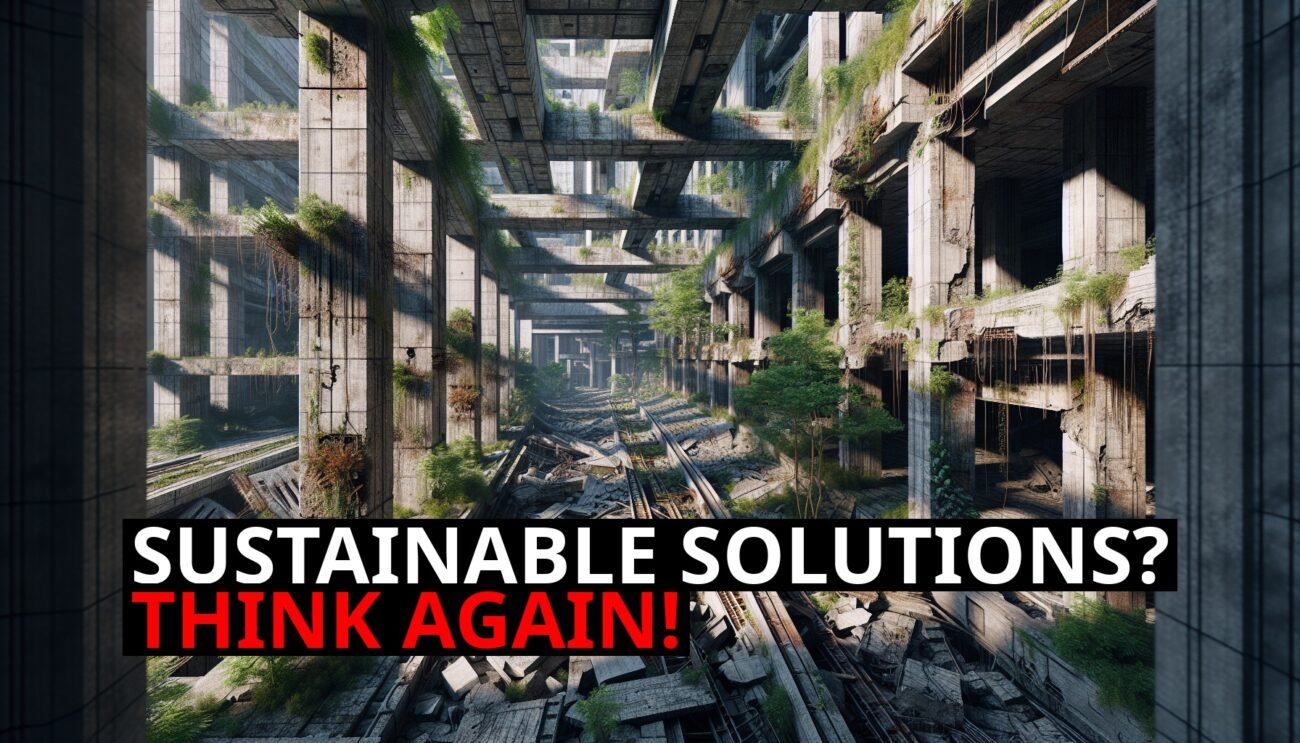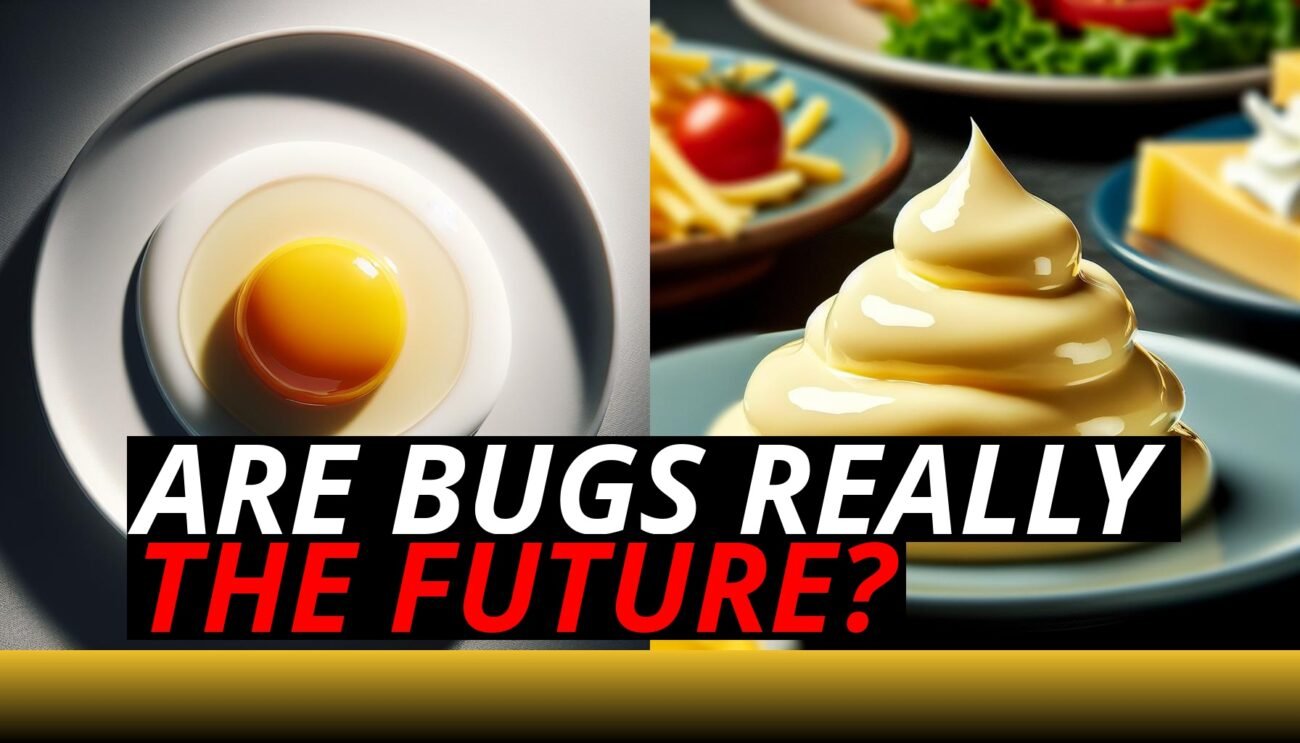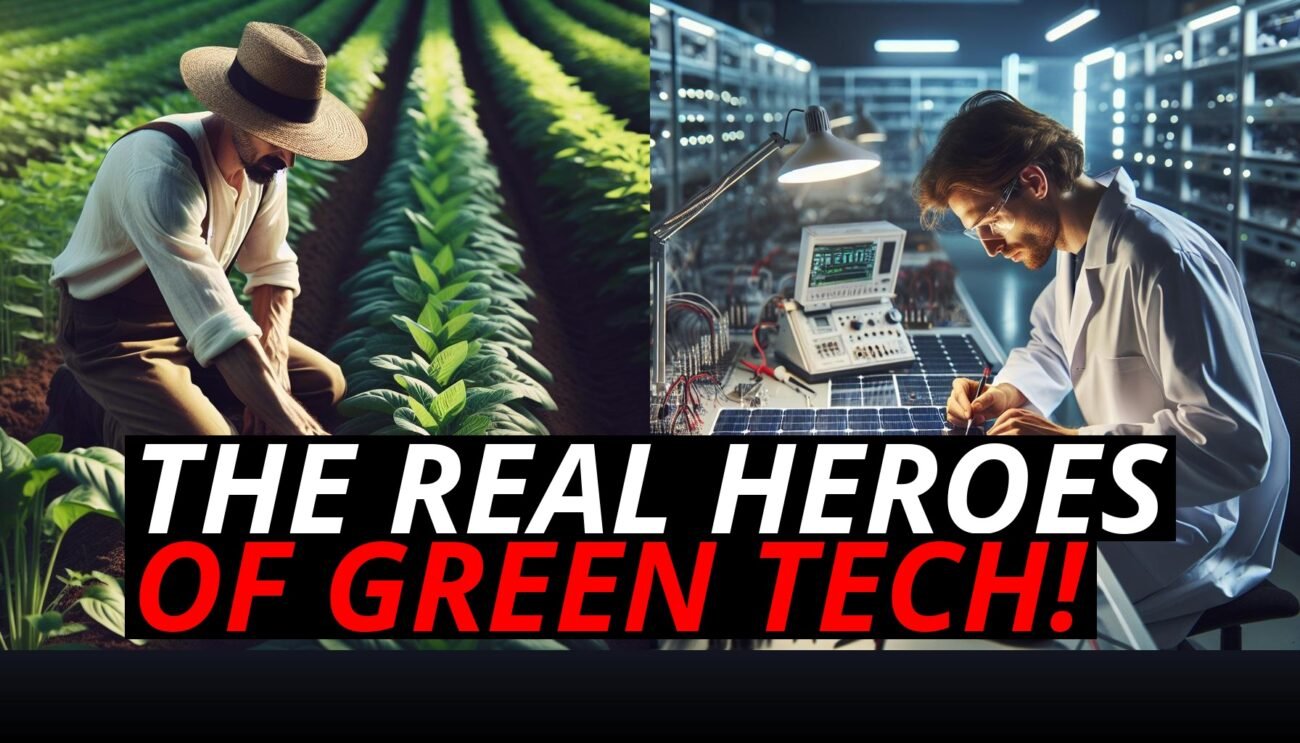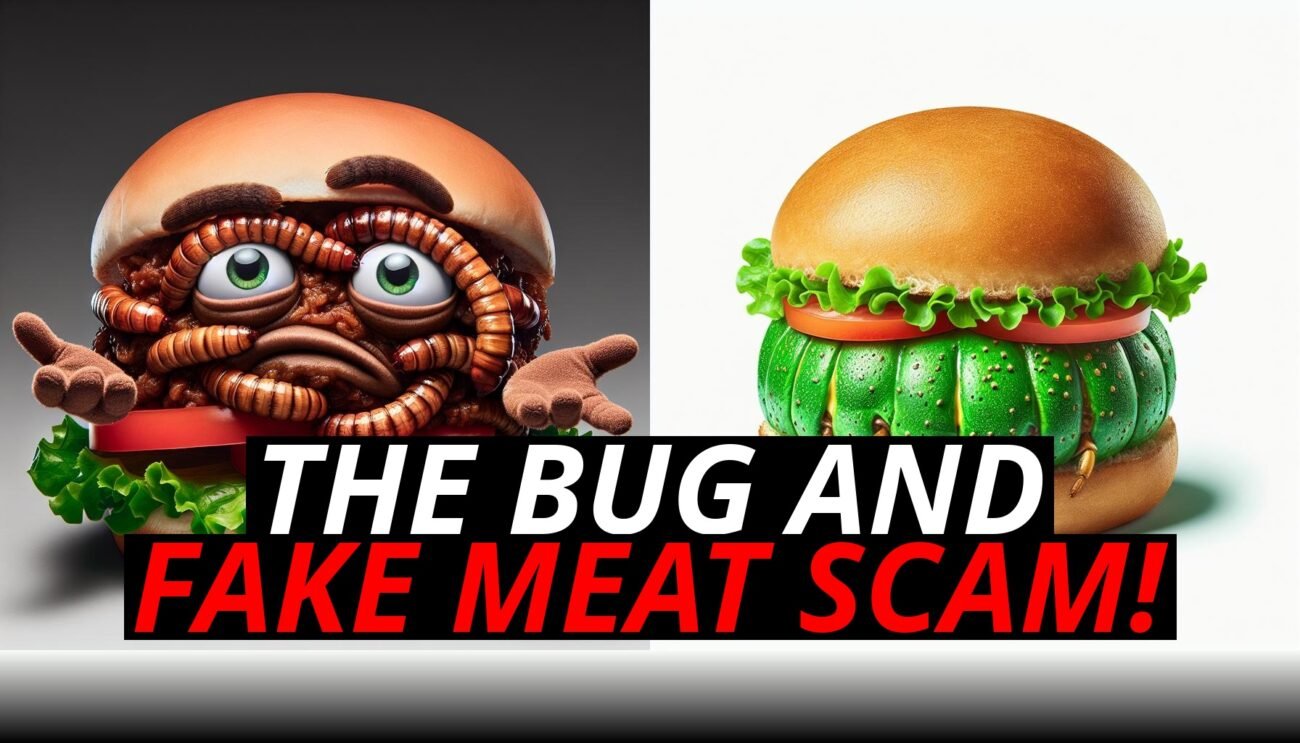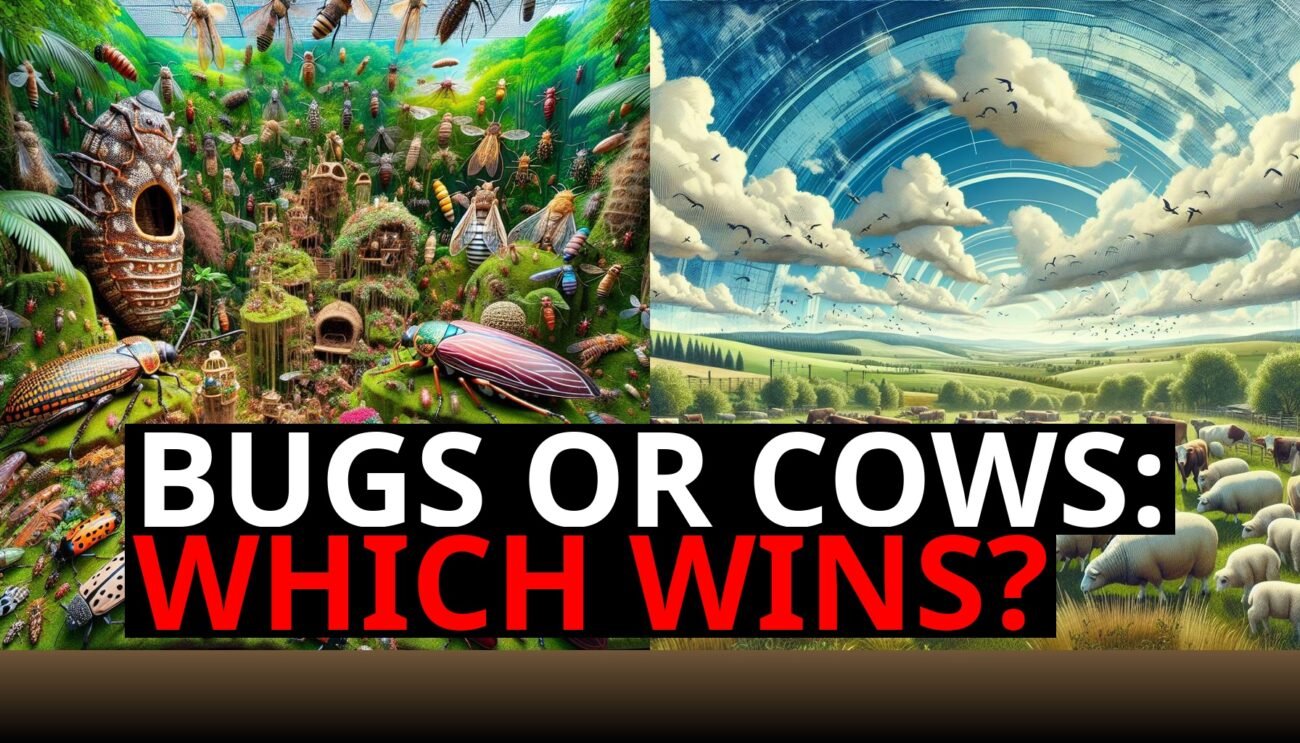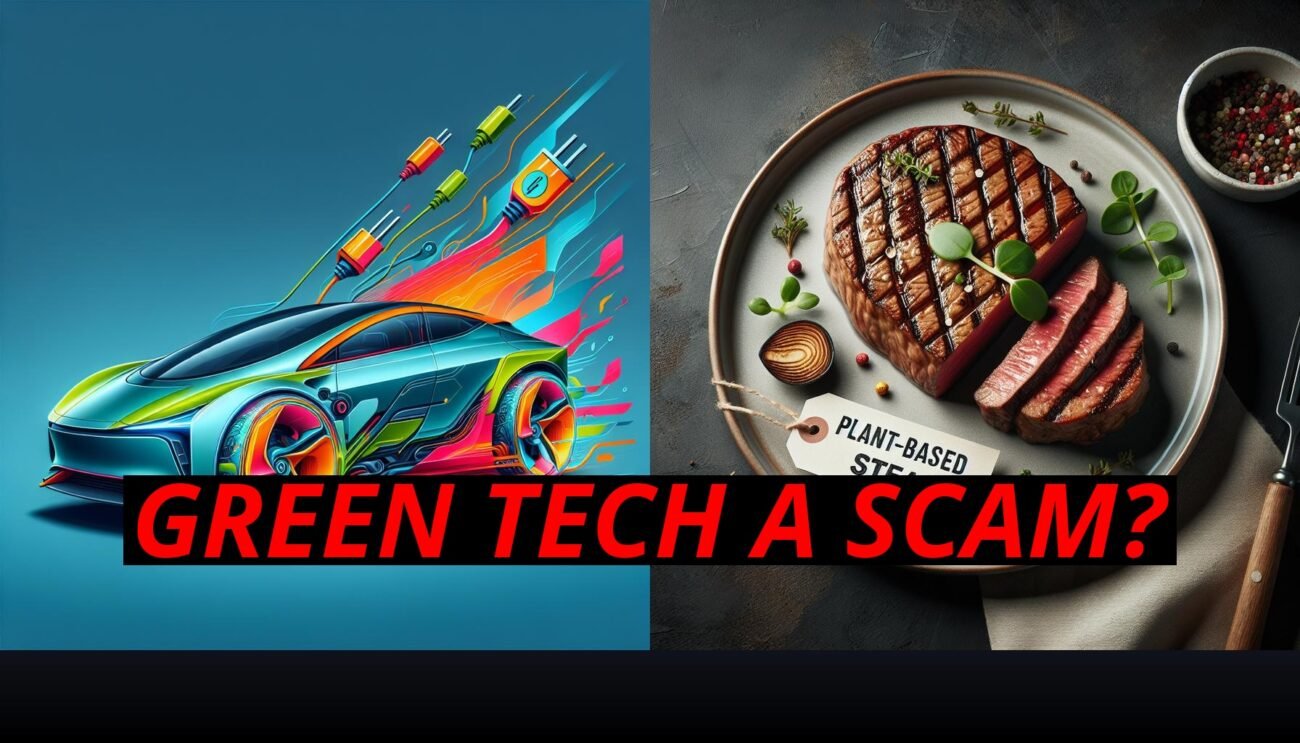Imagine a shipment of second-hand electric vehicles (EVs) and fake meat products arriving in a developing country, hailed as a gift from wealthier nations to support green living. The message seems clear: “This is the future of sustainability.” But what if the very products being sent to these nations are unwanted, ill-suited to their infrastructure, and fail to address the real challenges faced by local communities?
As the developed world embraces these so-called green technologies, many developing nations are pushing back. They see through the greenwashing—the marketing spin that presents these products as environmentally friendly when, in reality, they come with hidden costs and practical challenges. From deteriorating EV batteries to culturally irrelevant and highly processed fake meat, these solutions often create more problems than they solve.
The Used Ev Dilemma: Infrastructure And Waste
In developed nations, electric vehicles are celebrated as a key solution to reducing carbon emissions. But as more EVs hit the roads, a secondary market for used EVs is growing—and many of these vehicles are being shipped to developing nations. The idea is to give these countries access to greener transportation, but it’s not that simple.
Battery Lifespan and Degradation: One of the biggest challenges with used EVs is the limited lifespan of their batteries. Lithium-ion batteries degrade over time, losing their capacity to hold a charge and reducing the vehicle’s driving range. For many buyers in developing nations, the cost of replacing or repairing these batteries is prohibitively high. Without proper support, these second-hand EVs become obsolete quickly, leaving their owners with vehicles they can’t use or afford to maintain.
Lack of Charging Infrastructure: Developed nations are still struggling to build enough charging stations to support the growing number of EVs, so imagine the challenge in countries with less developed infrastructure. Many regions in the Global South don’t have the charging stations, reliable power grids, or specialized mechanics needed to support electric vehicles. Sending used EVs to these areas creates dependency on technologies that simply aren’t practical in the local context, turning them into expensive paperweights rather than sustainable transportation solutions.
Environmental Hazards of Battery Disposal: When an EV’s battery reaches the end of its life, disposal becomes a serious environmental concern. Lithium-ion batteries are classified as hazardous waste due to the presence of heavy metals and toxic chemicals. Many developing countries lack the facilities to safely recycle or dispose of these batteries, leading to increased environmental pollution. What began as a “green” solution quickly becomes a new source of e-waste, contributing to landfills and toxic waste dumps in regions already struggling with environmental degradation.
Fake Meat: A Misfit In Traditional Diets
While fake meat is marketed as an ethical and environmentally friendly alternative to traditional animal products, it’s not a solution that fits everywhere. For many developing nations, where local agriculture and whole foods dominate, fake meat represents a disruption to sustainable food systems, rather than a step forward.
Cultural and Dietary Disconnect: In many parts of the world, diets are built around local, natural ingredients that have been part of the culture for generations. Traditional foods like legumes, vegetables, and grains are staples in these regions, and are often grown using sustainable farming practices. Introducing highly processed fake meat into these communities ignores their rich food heritage and pushes an expensive, unfamiliar product that may not align with local tastes or dietary needs.
The Sustainability Myth: Fake meat is often praised for its lower carbon footprint compared to traditional livestock farming in industrialized nations. But this narrative overlooks the fact that in many developing countries, small-scale livestock farming is already done in a way that supports ecosystems and regenerates the soil. In fact, regenerative farming methods, which integrate livestock and crops, can actually sequester carbon, improve soil health, and support biodiversity. Pushing fake meat in these regions can undermine local farmers who are already practicing environmentally sound agriculture.
Economic Disruption: The introduction of foreign fake meat products can have a disruptive impact on local economies. Smallholder farmers, who rely on raising livestock or growing traditional crops, may find themselves displaced by imported products that are marketed as more sustainable. This can create economic instability in rural areas, where agriculture is often a critical source of income and food security. Instead of supporting local production, fake meat can undercut traditional farming practices that are vital to community well-being.
Greenwashing And The Export Of Unwanted Goods
What’s happening with second-hand EVs and fake meat is part of a broader trend: the export of unwanted products from developed nations to poorer regions, disguised as “green” solutions. This practice is increasingly being viewed as greenwashing—presenting a product as environmentally friendly while ignoring the practical challenges and hidden environmental costs it creates.
Exporting Environmental Problems: When developed nations offload used EVs or surplus fake meat to developing countries, they’re often exporting the environmental problems that come with these products. Whether it’s the difficulty of disposing of EV batteries or the carbon footprint of producing and transporting fake meat, these exports often shift the burden of waste and pollution to countries that are ill-equipped to deal with it. This practice doesn’t solve environmental problems—it simply moves them elsewhere.
Ignoring Local Solutions: Many of the nations receiving these “green” products have their own sustainable solutions that are better suited to their context. Whether it’s small-scale farming that promotes soil health or more localized transportation options that don’t rely on imported technology, these communities already have effective ways of managing their resources. The push to introduce foreign, often ill-fitting products overlooks the local innovations and traditional practices that could be more effective in reducing environmental impact.
Alternatives And Real Solutions
So, what’s the alternative? Instead of dumping unwanted EVs and fake meat on developing nations, we need to focus on solutions that support local sustainability and address the real challenges these countries face.
Investing in Local Agriculture: One of the most powerful ways to support sustainability in developing nations is by investing in local agriculture. Many of these countries already practice regenerative farming, which integrates livestock and crops to improve soil health, sequester carbon, and support biodiversity. By promoting traditional farming practices and supporting smallholder farmers, we can help these communities build food security and reduce their environmental impact.
Renewable Energy for Local Needs: Instead of pushing second-hand EVs onto countries that lack the infrastructure to support them, we should be focusing on renewable energy solutions that are tailored to local needs. Solar power, wind energy, and community-based energy systems can provide a more reliable, cost-effective, and environmentally friendly way to meet the energy needs of developing nations. Supporting sustainable public transportation options, such as electric buses or solar-powered rickshaws, can also offer a more practical and scalable solution.
Building Local Recycling Infrastructure: One of the key challenges with EVs and other imported technologies is the lack of recycling infrastructure to manage the waste they generate. By investing in local recycling facilities, developing nations can better manage e-waste and reduce the environmental hazards associated with toxic materials like lithium-ion batteries. This approach not only addresses the waste problem but also creates local jobs and economic opportunities.
Supporting Local Solutions: Finally, the most important step is to listen to local communities and support their solutions. Developing nations often have a wealth of traditional knowledge and practices that are both sustainable and culturally appropriate. Instead of imposing foreign products and technologies, we should be working alongside these communities to develop solutions that are rooted in local needs and local wisdom.
Conclusion: Rethinking Green Solutions For A Global Future
The push to export second-hand electric vehicles and fake meat to developing nations is often framed as part of the global transition to sustainability. But for many of these nations, these products are seen as greenwash solutions—offering little in the way of real benefits while creating new challenges in the form of waste, pollution, and economic disruption.
True sustainability requires more than just offloading unwanted products—it requires a commitment to local solutions, sustainable practices, and supporting communities in building their own future. Instead of imposing one-size-fits-all solutions, we need to recognize the unique challenges and strengths of each region and work together to create a truly global approach to environmental sustainability.


